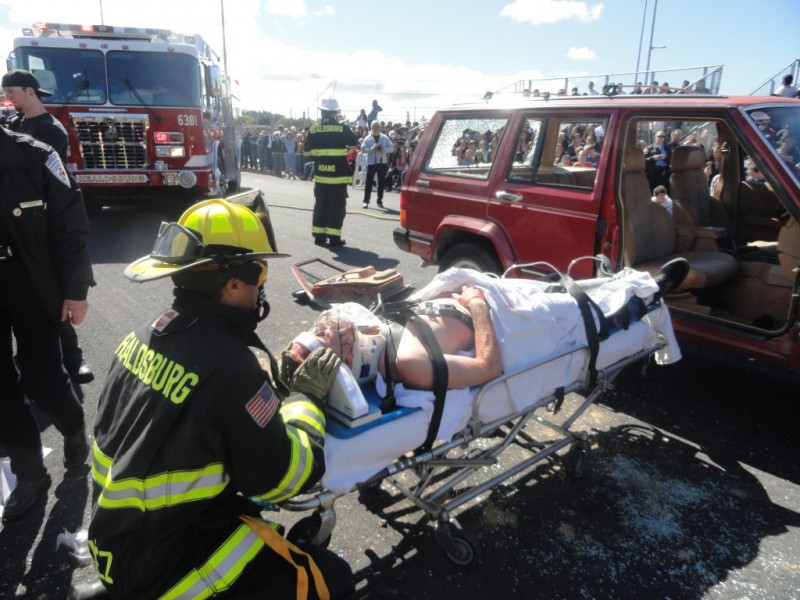

In 2011, a total of 1,140 children age 14 and younger were killed in motor vehicle traffic crashes. Traffic fatalities in alcohol-impaired-driving crashes decreased by 2.5 percent from 2010.

These alcohol-impaired driving fatalities accounted for 31 percent of the total motor vehicle traffic fatalities in the United States. In 2011, 9,878 people were killed in alcohol-impaired-driving crashes. 08 or higher.Īn average of one alcohol-impaired-driving fatality occurred every 53 minutes in 2011. Drivers are considered to be alcohol-impaired when their BAC is. Since 2002 it has been illegal in all 50 states to drive with a BAC that is 0.08 or higher. The second offense is called “illegal per se”, which is driving with a Blood Alcohol Concentration (BAC) of 0.08 g/dL or higher. This is based upon a police officer’s observations (driving behavior, slurred speech, the results of a roadside sobriety test, etc.) The first (and original) offense is known either as driving under the influence (DUI), driving while intoxicated/impaired (DWI), or operating while intoxicated/impaired (OWI). The table first lists WHO geographic regions before alphabetically sorted countries.Click here for drunk driving statistics for 2010 2009 2008 2007 2006 2005 2004 2003 2002 2001 2000.Īll 50 states in the US and Puerto Rico now apply two statutory offenses to driving under the influence of alcohol. The table shows that the highest death tolls tend to be in African countries, and the lowest in European countries.
#How many drunk drivers killed in 2015 update
Please help update this article to reflect recent events or newly available information. In some countries, result might also change from year to year, for instances, in Japan, there were 2636 fatalities in 2021, that is 7% less than on the previous year. The total fatalities figures comes from the WHO report (table A2, column point estimate, pp. 264–271) and are often an adjusted number of road traffic fatalities in order to reflect the different reporting and counting methods among the many countries (e.g., "a death after how many days since accident event is still counted as a road fatality?" (by international standard adjusted to a 30-day period), or "to compensate for under-reporting in some countries". Īdults aged between 15 and 44 years account for 59 percent of global road traffic deaths. The risk of dying as a result of a road traffic injury is highest in the African Region (26.6 per 100 000 population), and lowest in the European Region (9.3 per 100 000). There are large disparities in road traffic death rates between regions. This indicates that these countries bear a disproportionately high burden of road traffic deaths relative to their level of motorization. Only one percent of the world's registered cars produce 16 percent of world's road traffic deaths. In low-income countries it is even worse. ħ4 percent of road traffic deaths occur in middle-income countries, which account for only 53 percent of the world's registered vehicles. Low-income countries now have the highest annual road traffic fatality rates, at 24.1 per 100,000, while the rate in high-income countries is lowest, at 9.2 per 100,000. The average rate was 17.4 per 100,000 people. However, less than 35 percent of low- and middle-income countries have policies in place to protect these road users. Over a third of road traffic deaths in low- and middle-income countries are among pedestrians and cyclists. Only 28 countries, representing 449 million people (seven percent of the world's population), have laws that address the five risk factors of speed, drunk driving, helmets, seat-belts and child restraints. That is, one person is killed every 25 seconds on average. This list of countries by traffic-related death rate shows the annual number of road fatalities per capita per year, per number of motor vehicles, and per vehicle-km in some countries in the year the data was collected.Īccording to the World Health Organization, road traffic injuries caused an estimated 1.35 million deaths worldwide in 2016.


 0 kommentar(er)
0 kommentar(er)
